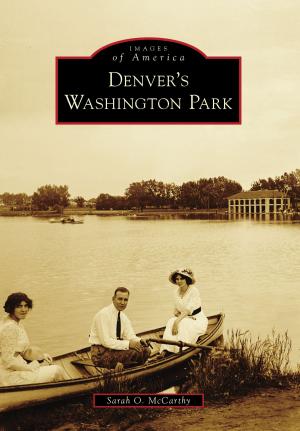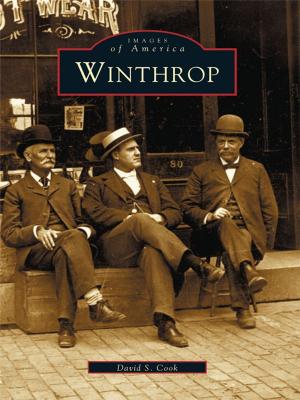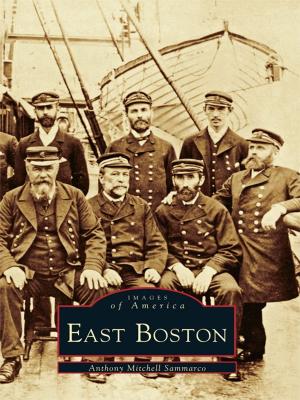| Author: | Laurel J. Daigle | ISBN: | 9781439621882 |
| Publisher: | Arcadia Publishing Inc. | Publication: | June 15, 2009 |
| Imprint: | Arcadia Publishing | Language: | English |
| Author: | Laurel J. Daigle |
| ISBN: | 9781439621882 |
| Publisher: | Arcadia Publishing Inc. |
| Publication: | June 15, 2009 |
| Imprint: | Arcadia Publishing |
| Language: | English |
Fort Kent is located in northern Maine where the Fish River joins the St. John River. Joseph Nadeau, the first settler in Fort Kent, arrived in 1829. Acadian refugees from eastern Canada developed a farming community along the fertile river valleys, and within a short time other settlers from Canada and lower Maine came to make a new life. Fort Kent, remote from other populated areas, gradually developed into a thriving farming and lumbering community. An early pioneer, Maj. William Dickey was a strong advocate for the region and helped to establish the Madawaska Training School, a public school system, and improve roads. In 1902, the railroad connected to Fort Kent and provided needed freight and passenger services. As a border town, Fort Kent has enjoyed a colorful past, especially during the years of Prohibition, and a rich history that continues today.
Fort Kent is located in northern Maine where the Fish River joins the St. John River. Joseph Nadeau, the first settler in Fort Kent, arrived in 1829. Acadian refugees from eastern Canada developed a farming community along the fertile river valleys, and within a short time other settlers from Canada and lower Maine came to make a new life. Fort Kent, remote from other populated areas, gradually developed into a thriving farming and lumbering community. An early pioneer, Maj. William Dickey was a strong advocate for the region and helped to establish the Madawaska Training School, a public school system, and improve roads. In 1902, the railroad connected to Fort Kent and provided needed freight and passenger services. As a border town, Fort Kent has enjoyed a colorful past, especially during the years of Prohibition, and a rich history that continues today.















